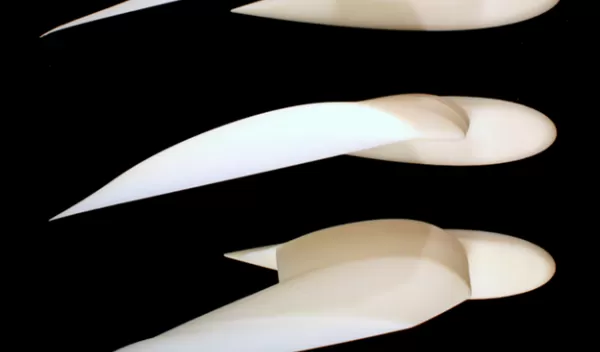
Engineers study bird flight to understand response to air disturbances
The fascination with bird flight is centuries old, but exactly how birds can be so agile in the air has remained mysterious. A new study, partly supported by the U.S. National Science Foundation and published in Proceedings of the National Academy of Sciences, uses modeling and aerodynamics to describe how gulls can change the shape of their wings to control their response to gusts or other disturbances. The lessons could one day apply to uncrewed aerial vehicles or other flying machines.
"Birds easily perform challenging maneuvers and they're adaptable, so what exactly about their flight is most useful to implement in future aircraft?" asks Christina Harvey, an aerospace engineer at the University of California, Davis and lead author on the paper. Coauthor on the paper is Daniel Inman, University of Michigan.
In previous work, Harvey and colleagues analyzed the flight dynamics of 22 bird species and looked at aircraft design. Aircraft are typically designed to be stable or unstable. A stable aircraft will tend to return to steady flight when perturbed, for example, by being pushed up by a wind gust. This is desirable in an airliner, but not in a jet fighter. Highly maneuverable aircraft are designed to be unstable. Harvey and colleagues showed that almost all the bird species studied are capable of both stable and unstable flight and use wing movements to shift between these modes.
Gulls can adjust how they respond to perturbations by adjusting their wrist and elbow joints and morphing the shape of the wings. The team was able to predict the gulls' flying qualities and speed of recovery from a perturbation such as a gust. That reaction time also gives insights into the controllable range for the bird and into applying bird flight dynamics to aircraft.
As uncrewed aerial vehicles, or drones, become more widely used, they need to be able to navigate complex urban environments, something birds do very well. A deeper understanding of bird flight could help improve drone designs for various uses.
